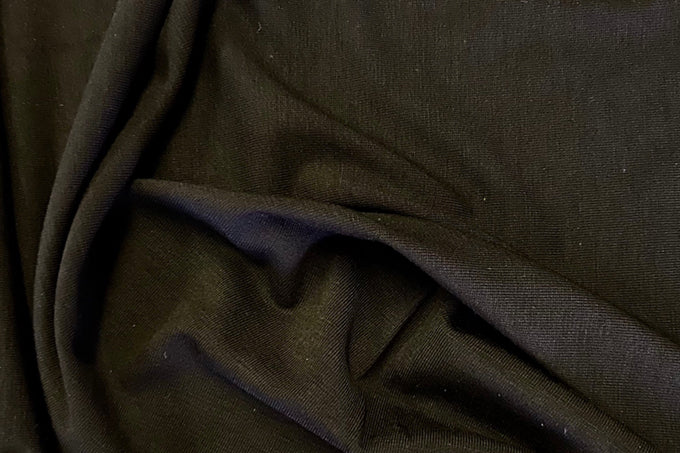
Choosing Fabrics for Lingerie Design
Share
Designing and making lingerie is a balancing act between comfort and style – it goes beyond functionality. The diverse array of fabrics that you can use in intimate apparel can breathe life into your creations.

Selecting the perfect combination can elevate your concept, allowing you to design lingerie that mirrors your unique style while ensuring the desired fit. Whether you're sewing your own lingerie pattern or exploring a free bra pattern, this is the ideal starting point.
In this blog, Laurie van Jonsson delves into nine top fabrics to inspire your lingerie designs:
Silk
Renowned for its timeless elegance, breathability, and luxurious texture, this fabric is a classic choice. While suitable for sewing bras and briefs, its lightweight nature makes it less ideal for bras with a larger cup size.

Lace
Lace exudes femininity, capturing a delicate essence that is available in both stretch and non-stretch variations. The allure of lace lies in its versatility, featuring a myriad of designs from floral to geometric. It works seamlessly on its own or as an embellishment to complement other fabrics.

Lace is offered in various widths, with options for decorative edges adding an extra touch of charm.

Mesh
An airy and supple fabric with a beautiful stretch, sheer mesh introduces a transparent element that can be layered to achieve varying degrees of coverage in different areas of lingerie.

Available in different weights:
Light Mesh: Ideal for making knickers and small cup bras.
Medium Mesh: Perfect for constructing bra cups.
Heavy Mesh: Ideal for designing wings in lingerie.

Utilising mesh allows for the creation of a sleek, refined appearance, and when combined with contrasting colours and different weights, it offers a wide array of design possibilities.

Tulle
Similar to mesh, Tulle possesses a mechanical stretch. Unlike mesh, which incorporates elastane for stretch, Tulle achieves its stretch through the fabric's construction. This fabric is an excellent choice for creating larger cup-size bras, showcasing a delicate appearance while providing the necessary strength to support the weight of the breast.


Modal
Derived from the fibres from the beech trees, this fabric, known as Modal, is prized for its breathability, exceptional comfort, and gentle feel against the skin. A favoured option for various types of intimate apparel, including loungewear, Modal boasts excellent colour retention, ensuring vibrant hues that resist fading over time. Additionally, it tends to resist shrinkage even with repeated washing, making it a durable and reliable choice
Microfibre
Characterised by a lightweight and soft texture, microfibre fabric possesses outstanding moisture-wicking properties and a quick-drying nature. Particularly well-suited for activewear and sportswear briefs, it is renowned for durability and maintains vibrant colours over time. It's important to note that microfibre can be composed of various synthetic materials, leading to differences in composition from one Microfibre to the next.

Satin
Satin, a lustrous fabric with a luxurious texture, is frequently used in lingerie design when a touch of glamour is required. Its glossy appearance and smooth drape make it particularly stunning when used for structured bras, including padded ones. Satin can be made from natural fibres such as silk or synthetic materials like polyester, offering flexibility in material choices for various design preferences.


Cotton
This natural fibre, known for its biodegradability, becomes even more sustainable through organic farming practices. Suited for a wide range of lingerie and loungewear, cotton is a versatile choice. For bras and briefs, a fabric composition of 95% cotton and 5% elastane is recommended, providing an optimal balance for a great fit and ensuring the garment maintains its shape even after repeated washing. Shown below is a pair of briefs made with cotton and light mesh.

Bamboo
Bamboo fabric, sourced from bamboo, stands out for its sustainability and eco-friendly attributes. With a texture likened to both cotton and silk, it possesses a natural thermoregulation property. This unique characteristic enables it to keep the body warm in winter and cool in the summer.

IG: vanjonssondesign
www.vanjonssondesign.com





